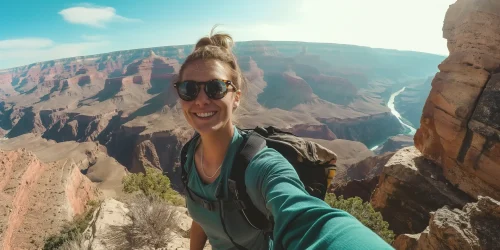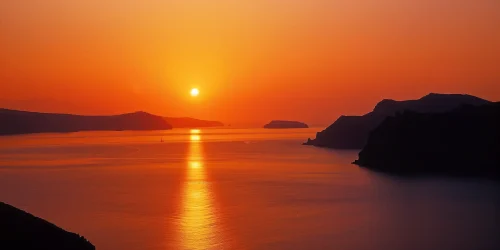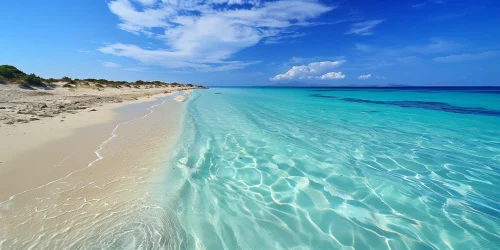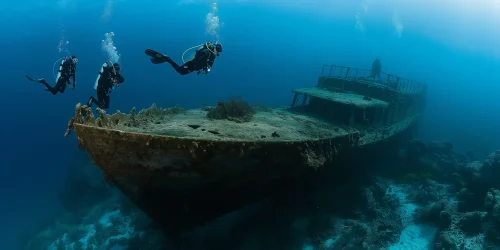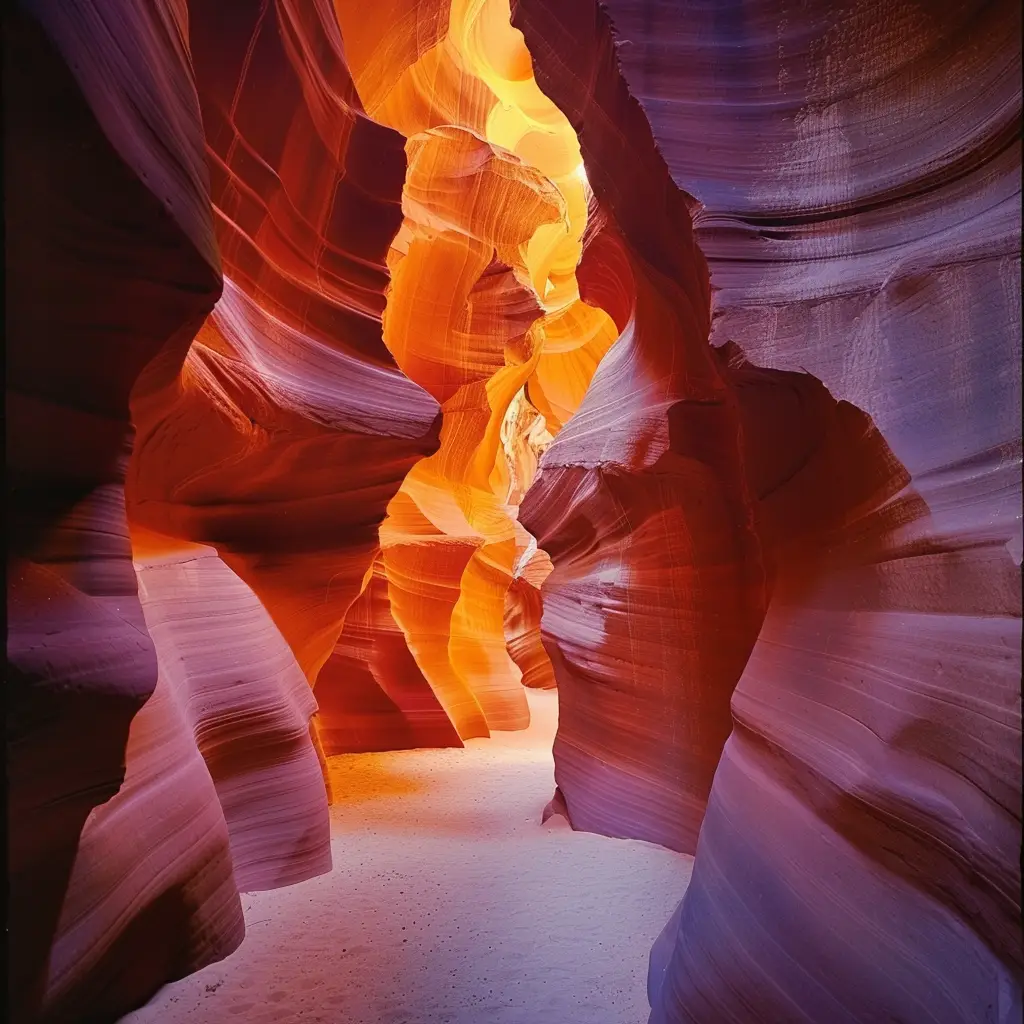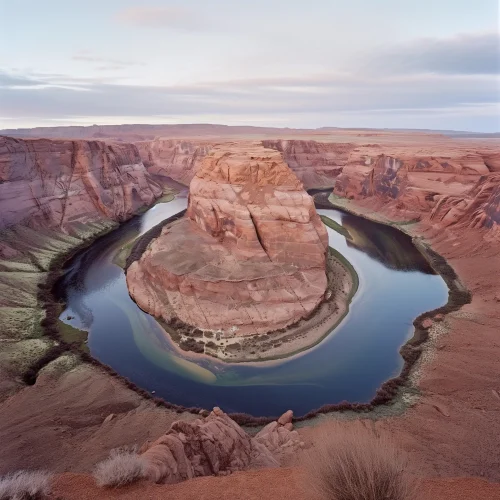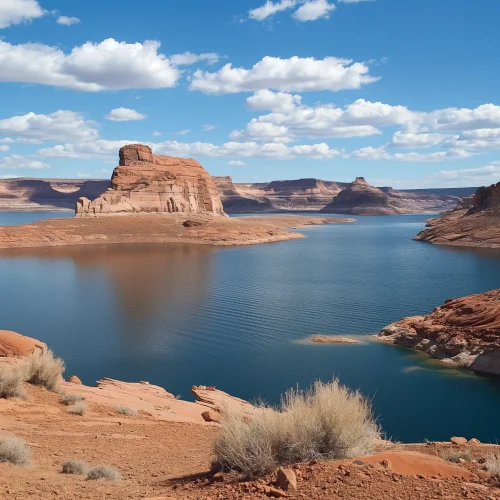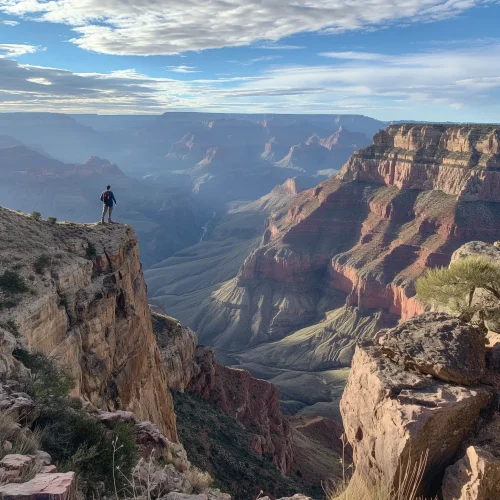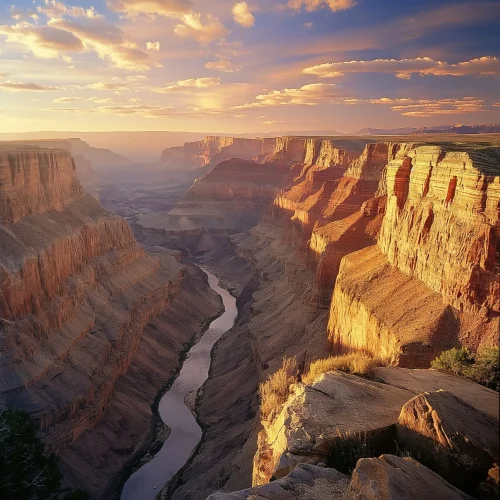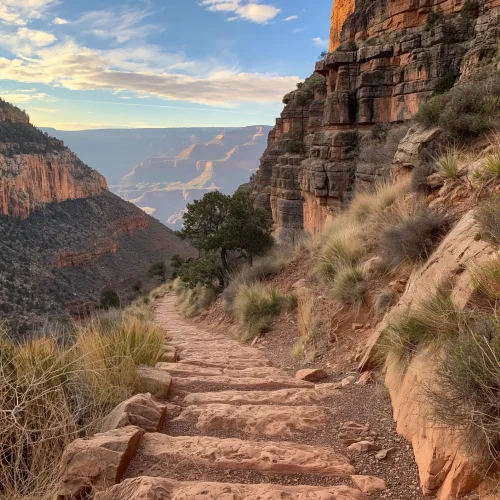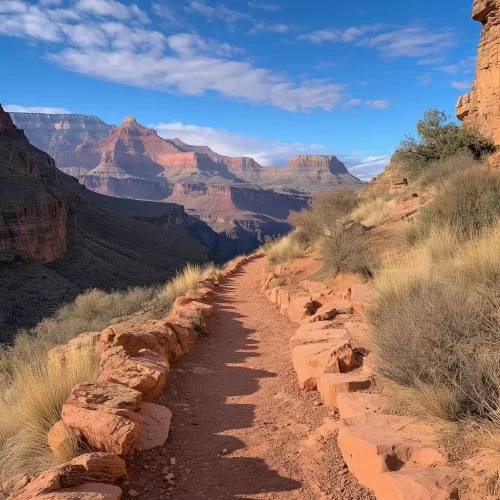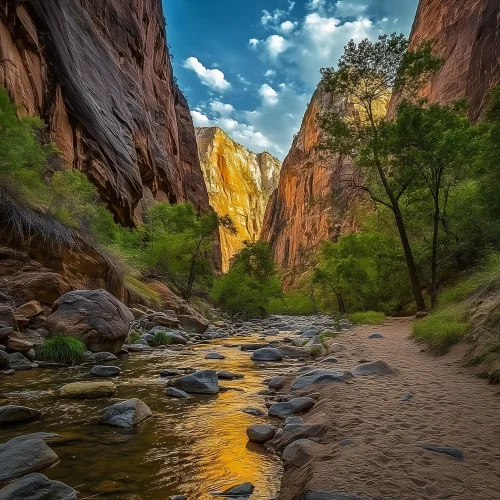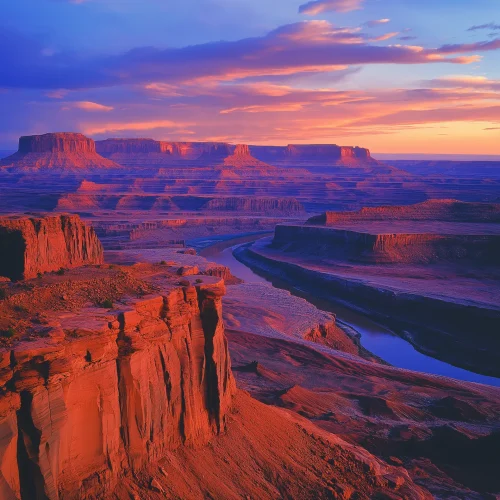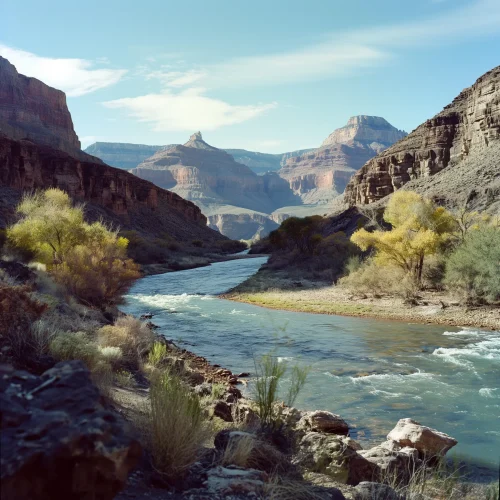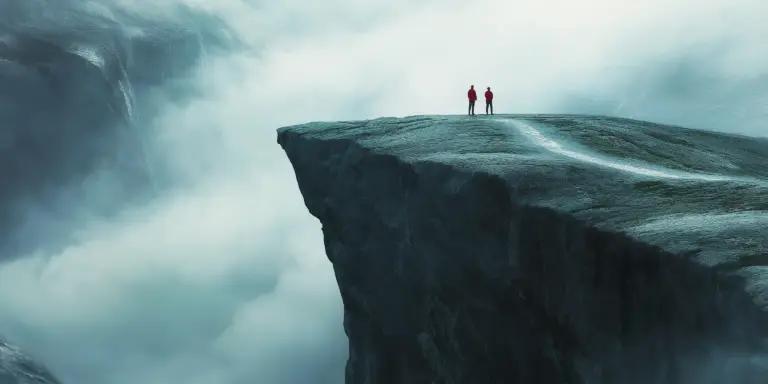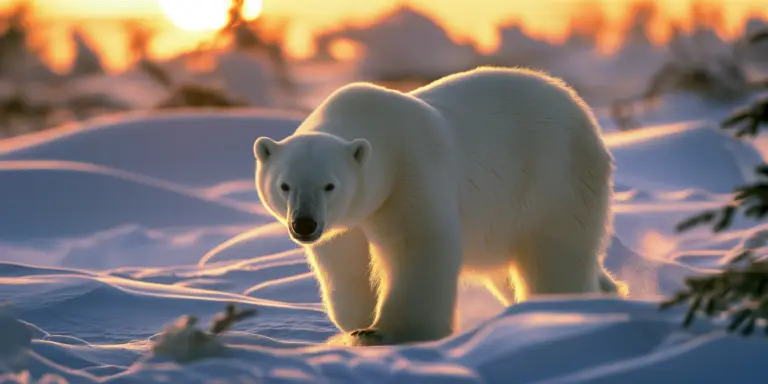Antelope Canyon is a mesmerizing natural wonder located in the American Southwest, specifically near the city of Page in northern Arizona. It is renowned for its narrow, winding corridors and smooth, flowing rock formations carved by water through the sandstone over thousands of years. The canyon is divided into two distinct sections, commonly referred to as the Upper Antelope Canyon (or ‘The Crack’) and the Lower Antelope Canyon (or ‘The Corkscrew’). Each offers unique vistas and experiences, though both are famous for their light beams that pierce through the narrow openings, creating dramatic effects that are a photographer’s delight.
The beauty of Antelope Canyon lies not only in its geological formations but also in the play of light and shadow that transforms its narrow passageways throughout the day. The walls of the canyon, which can tower over 120 feet above the ground, glow in vibrant hues of orange, red, and purple as sunlight filters down into the depths. This spectacle makes it one of the most visited and photographed slot canyons in the world. Tours are led by Navajo guides as the canyon lies on Navajo land, and they provide insights into the canyon’s geology, history, and the Navajo customs associated with it.
Visiting Antelope Canyon requires careful planning as it can only be accessed via guided tours, which are necessary to preserve the site and ensure visitor safety. The popularity of the canyon has grown significantly, and its narrow passageways can become crowded. Despite this, the breathtaking beauty and serene atmosphere make the experience unforgettable. Moreover, the surrounding area offers additional attractions like Horseshoe Bend and Lake Powell, making it a compelling destination for nature lovers and adventure seekers alike.
